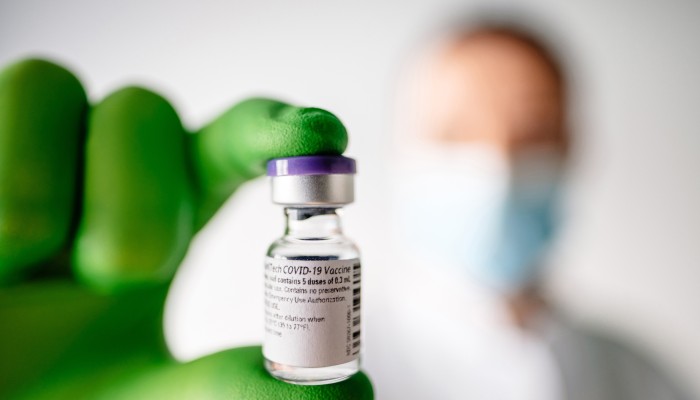|
Hello Global Impact Readers,
This week, we look at the rapid development of vaccines to combat Covid-19 and the additional challenges to manufacture and distribute the inoculations worldwide.
John Carter
Senior Editor
Political Economy
Covid-19 vaccines: the end of the beginning
The first part of the massive worldwide effort to beat the coronavirus pandemic is nearing the finish, with several vaccines for the coronavirus starting to receive regulatory approval for broad public use. Their development in less than a year is considered a modern miracle.
But the second leg - global distribution - will prove just as challenging and is likely take much longer.
US pharmaceutical giant Pfizer and German partner BioNTech have submitted their vaccine candidate for emergency US regulatory approval, which could come as early as mid-December. If the Food and Drug Administration (FDA) gives go-ahead, the companies say they can manufacture 50 million doses this year and another 1.3 billion doses in 2021, enough to inoculate 650 million people.
Rival Moderna has also submitted its promising candidate to the FDA and expects to receive authorisation to vaccinate Americans this year.
Both companies have also submitted test results to European regulators for emergency authorisation.
On Wednesday, Britain became the first western country to give emergency approval for domestic use of the Pfizer/BioNTech vaccine, with the US likely to follow suit in a matter of days.
Most countries have their own regulatory authority, but approval by respected regulators like the FDA or the European Medicines Agency can guide other countries as they make their decisions.
Chinese vaccine candidates are lagging behind in the authorisation process, in part because they have had to do their clinical trials in foreign countries due to few cases of the disease at home. But China approved Fosun Pharma, the domestic partner of Pfizer and BioNTech, to start clinical trials of their vaccine candidate three weeks ago.
Even after receiving authorisation for mass use, the logistics of distributing billions of doses of vaccine globally are daunting.
Both the Pfizer/BioNTech and the Moderna vaccines must be transported and stored at super low temperatures - minus 70 to minus 80 degrees centigrade in the former case. This makes distribution extremely difficult and very costly - likely too costly for developing countries, which are likely to have to wait longer for development of a more robust vaccine.
Moreover, of the 16 billion vaccine doses that pharmaceutical firms expect to produce next year, 8 billion doses have already been committed to particular countries, largely wealthier developed nations.
China has been in the race to develop a coronavirus vaccine since the beginning and has already inoculated 1 million of its citizens under emergency use guidelines. But not everyone in China will need to be vaccinated, the head of China’s Centre for Disease Control and Prevention said.
Even in the relatively contained area of Hong Kong, the government’s plan to offer free vaccinations to all of the city’s 7.5 million residents will take until the end of 2021 to implement, officials say.
China has joined the United Nation’s Covax initiative to fairly distribute vaccines globally, part of Beijing’s “vaccine diplomacy” effort. However, the stakes are high, with questions remaining whether Chinese vaccines will be trusted in neighbouring countries. Success in combating the virus would bring Beijing much goodwill, while failure would have serious implications for its regional relations.
The same is true in Africa, where China has developed deep commercial and governmental relationships. Will China help African nations to jump to the front of the queue for vaccines?
As with other issues, the race for vaccine development has become a matter of contention between the US and China, with Chinese pharmaceutical companies complaining that they are being smeared by the US, which has charged China with using espionage to steal vaccine technology secrets.
So how soon will things get better? Like other aspects of the problem, it’s far from clear.
The head of one of China’s leading pharmaceutical companies said the positive effects of vaccinations would be seen as soon as April next year. However, a top World Health Organization scientist believes that there won’t be enough vaccines for a return to normal life until 2022.
|















